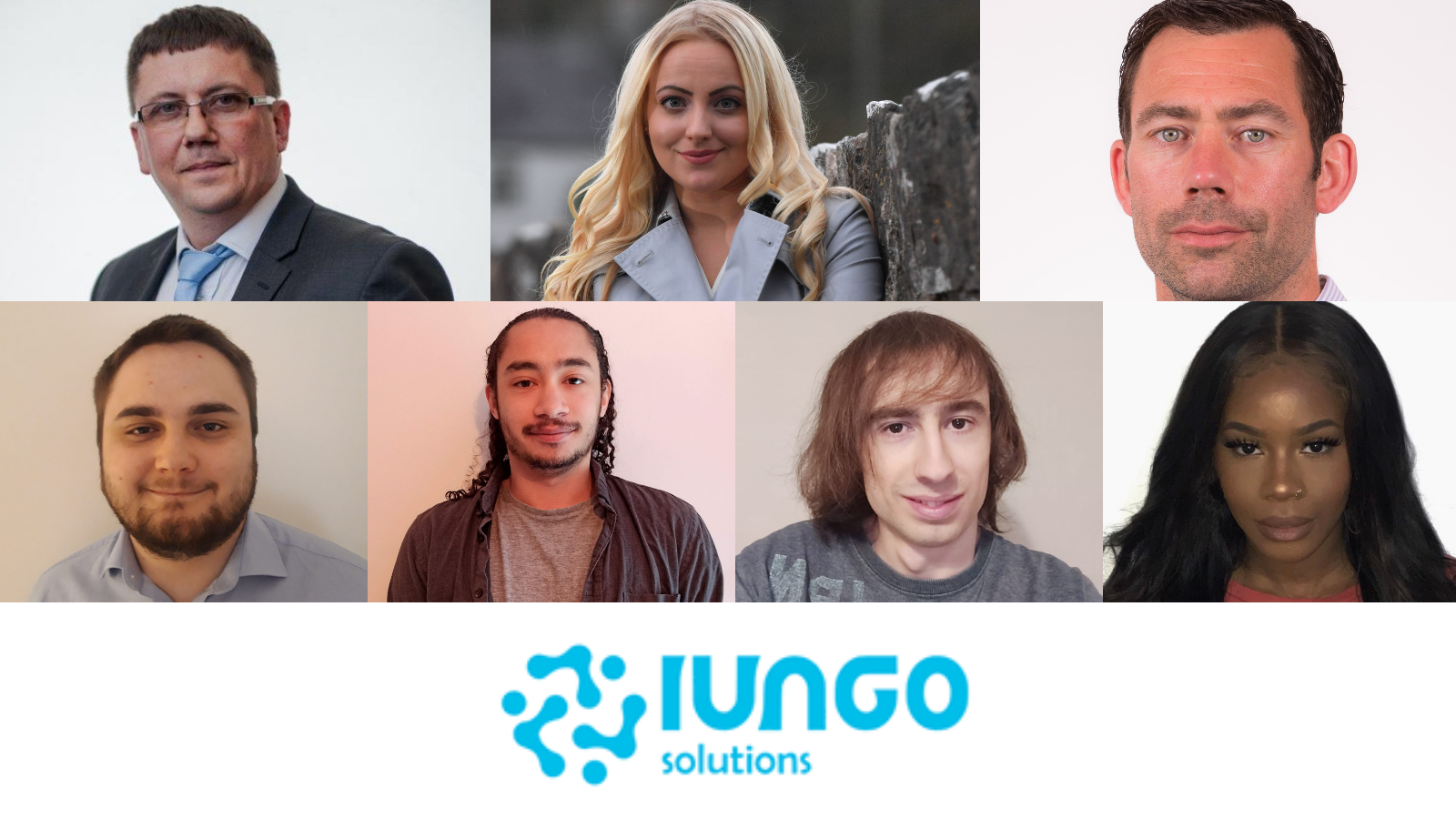Hi Jessica! How would you describe iungo Solutions as a business?
iungo Solutions creates the connective tissue between employers, training providers and talent. By developing immersive and experiential learning programmes, iungo nurtures and upskills talent for high-skilled roles in emerging and priority sectors including games development and other creative industries.
How did you find out about the Clwstwr funding?
We found out about Clwstwr funding through Twitter.
What inspired you to apply for funding?
As co-founders, we have technical backgrounds. We had carried out work in the engineering, manufacturing and digital sector, but we could see that the creative and tech worlds were starting to merge. We wanted an opportunity to explore that intersection and identify emerging and future digital creative roles.
What were you aiming to do for your Clwstwr project?
We were aiming to expose the plethora of pathways into roles within the creative industries. We know that there are so many alternatives to university, yet sometimes it’s hard to find the right next step. At an economic level, we wanted to support the creative sector to tap into hidden talent pools so that they could grow their businesses and impact. We received a total of £55,000 from Clwstwr across two funding rounds (a seed round and an industrial research round).
What process did you use to carry out your Clwstwr project?
We implemented a Double Diamond approach to carrying out our project. Firstly, we identified and framed the problem with recruitment in the creative industries. We worked with a specialist neurodivergence consultancy to gather insight from a candidate perspective and map user journeys of both candidates and employers. We then used tools like MoSCoW and MVP to narrow all of the possible solutions we could create. Once we had determined the solution from the seed round, we then progressed with the industrial research round. During this round of funding, we started prototyping a digital platform, conducting user testing at each stage of development. By the end, we had a proof of concept platform that had been validated by individuals and employers.
What were the main outcomes of the research?
The R&D funding enabled us to build a live proof of concept, which we trialled with a pilot group of 45 candidates. It also enabled us to develop the capabilities of our team and identify further opportunities to innovate, both through tech solutions and bespoke training programmes to address gaps in career pathways.
Where do you think you’ll go next, having carried out the R&D?
The project has transformed our business both strategically and operationally. We have pivoted to develop bespoke employer-led training programmes that target underrepresented groups, enabling them to upskill and move into emerging roles in priority creative sectors such as games development. We are continuing to build the platform, which we use internally to support our learners by developing their employability and connecting them with employers.

